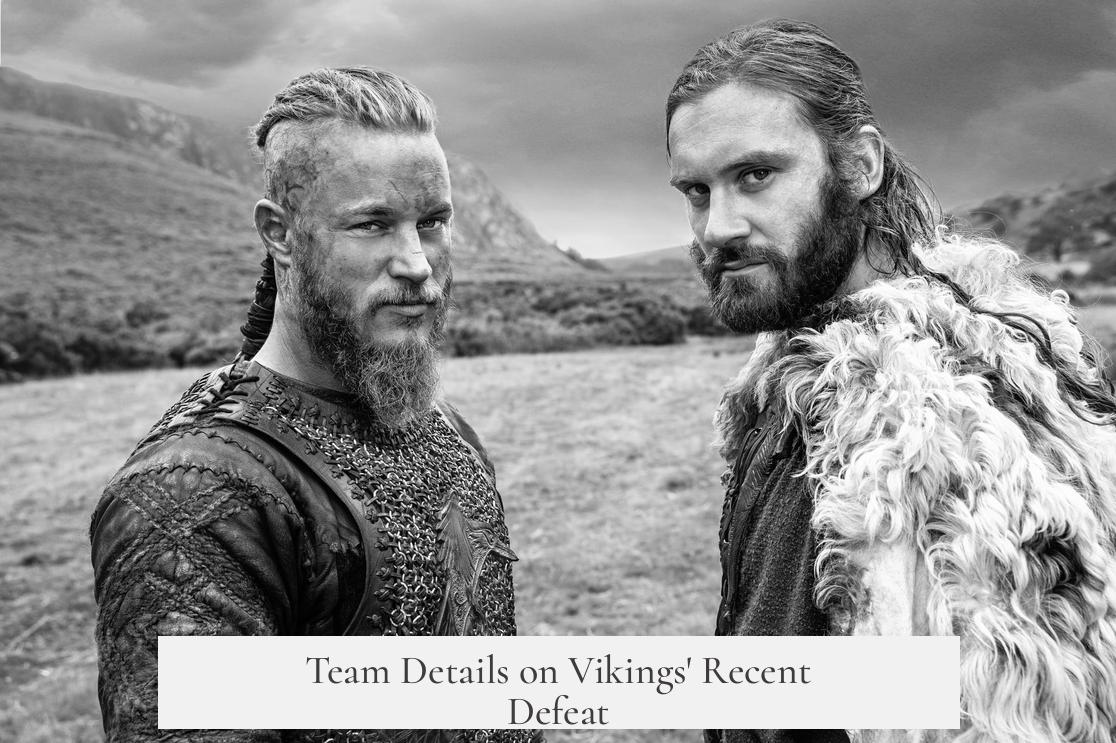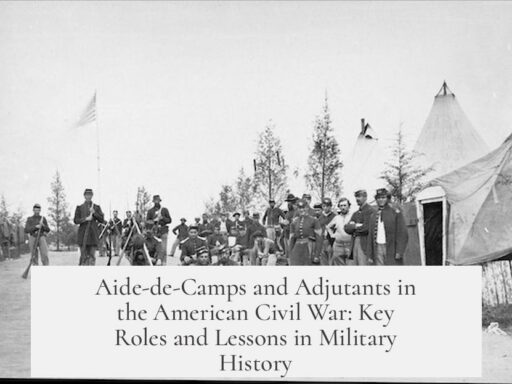The Vikings were not invincible; they faced defeats by multiple forces across their extensive raids and battles. Key historical figures and events showcase who beat the Vikings and under what circumstances. These defeats illustrate the complex dynamics of Norse warfare and the variety of enemies who resisted and overcame them.
The Vikings never formed a united state. Instead, various Norse kingdoms often fought among themselves and launched attacks abroad independently. This division sometimes weakened their position when facing coordinated resistance.
The Great Heathen Army, led by the Viking chieftain Guthrum, suffered a significant defeat against Alfred the Great of Wessex in the late 9th century. Alfred’s military reforms and tactics reversed Norse gains in England, eventually leading to the subjugation of Norse-controlled areas known as the Danelaw. Alfred’s victories marked a turning point in resisting Viking invasions in England.
In Eastern Europe, Viking descendants known as the Kievan Rus clashed with the Byzantine Empire. The Byzantines defeated the Rus in battles following their raids on Constantinople and Bulgaria. The peace terms imposed were harsh, leading to political turmoil and the assassination of the Rus king returning home. This defeat curtailed Norse ambitions in the Byzantine sphere.
Harald Hardrade, a famous Viking king, attempted to invade England in 1066 but was decisively beaten by Harold Godwinson at the Battle of Stamford Bridge. This loss effectively ended Viking attempts to conquer England, just before the Norman invasion. Harald’s defeat is seen as a critical event narrowing Norse influence in Britain.
After the Norman Conquest of England in 1066, Danish Vikings launched further attacks. These efforts met varying fates: some sources claim the Normans repelled these raids, while others suggest the Vikings paid tribute or were scattered by storms. Regardless, this period marks the decline of Viking military success in England.
In Ireland, the Battle of Clontarf in 1014 stands out. Irish High King Brian Boru led forces against a combined group of Hiberno-Norse and their allies from Leinster and Dublin. Brian’s forces defeated the Vikings, breaking their dominance and reducing their influence in Ireland. The battle also resulted in the deaths of key leaders on both sides. Over time, this victory became symbolic of Irish resistance against Viking pirates.
| Opponents | Viking Leader | Event | Outcome |
|---|---|---|---|
| Alfred the Great (England) | Guthrum | Great Heathen Army defeat (late 800s) | Vikings defeated; Danelaw subjugated |
| Byzantine Empire | Kievan Rus ruler | Rus defeat after raids on Constantinople | Peace imposed; Rus king assassinated |
| Harold Godwinson (England) | Harald Hardrade | Battle of Stamford Bridge (1066) | Viking invasion ended in defeat |
| Brian Boru (Ireland) | Hiberno-Norse forces | Battle of Clontarf (1014) | Vikings defeated; reduced Irish dominance |
The history of Viking defeats reveals that they were challenged and overpowered by well-organized opponents. Anglo-Saxon kings like Alfred and Harold, the Byzantine military, and Irish leaders such as Brian Boru successfully resisted Norse incursions. These defeats show Vikings were formidable but not invincible.
Multiple factors contributed to Viking defeats: lack of political unity, strong centralized opponents, and changing military tactics. Furthermore, natural elements like storms also played a role in destroying Viking fleets during some raids after Norman control of England.
- Vikings never formed a single unified kingdom; many defeats arose from internal divides.
- Alfred the Great decisively beat the Great Heathen Army in the 800s.
- The Byzantines defeated the Kievan Rus after their raids.
- Harald Hardrade’s 1066 invasion of England ended at Stamford Bridge.
- The Battle of Clontarf in 1014 saw Irish forces defeat Hiberno-Norse Vikings.
- Danish Vikings’ later English raids were largely unsuccessful post-Norman conquest.



